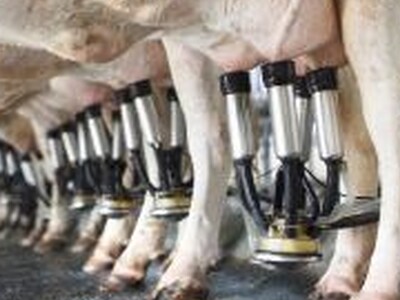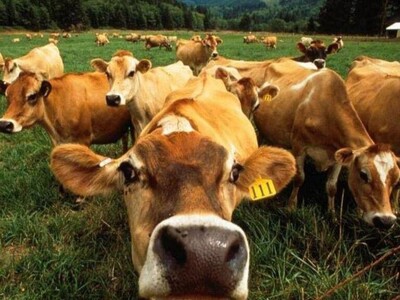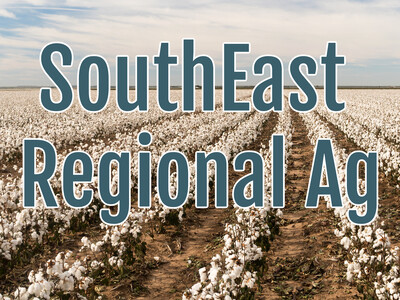Rod torque
In physics, torque is the term used to describe a type of movement that has a tendency to impart a change in angular momentum of a body about its longitudinal axis. Here, in the context of fishing rods, we’re talking about the torque an angler feels due to the normal bending stress of the rod, not torsional stresses associated with twisting forces… that’s another issue .Rod torque is experienced whenever a fishing rod is loaded – either while casting, retrieving a lure, setting the hook, or battling a fish. When a force is applied to the tip end of the rod, it creates a force at the opposing handle end that the angler must manage. If rod torque is excessive, ergonomics are compromised, angler stress and fatigue are compounded, and the rod is said to be “tip-heavy” or “unbalanced”.Rod torque is addressed in design and manufacturing, primarily through balance. The goal is to place equal amounts of weight in front of and behind the point where the angler grips the rod. But this isn’t always as easy as it seems. If it were, every rod would be perfectly balanced. Rods with faster tips and more power, for example, are needed in certain fishing situations. Because such rods generally require more materials above the angler’s hand, these particular rods are more prone to rod torque. Balancing them often means adding more length or weight to the butt section behind the hand, but that can make them heavy, less sensitive, and a burden to fish with.















